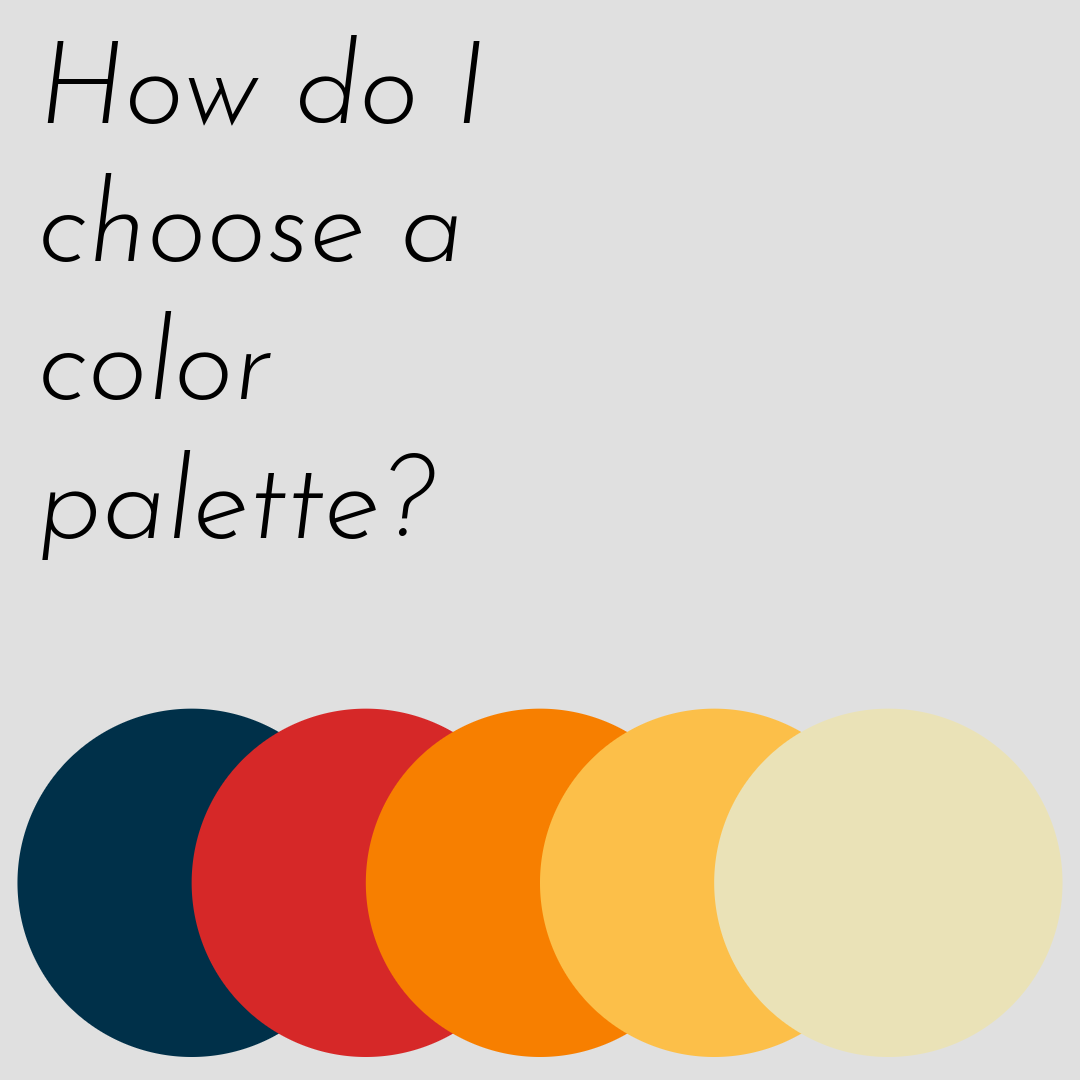
Choosing a Good Color Scheme for Your Website: Key Considerations
Dylan Caldwell - July 16, 2024
Color is a powerful tool in web design. It not only impacts the aesthetic appeal of your website but also influences user experience, brand perception, and even conversion rates. Selecting the right color scheme can enhance usability, evoke emotions, and reinforce your brand identity. Here are essential considerations to help you choose a good color scheme for your website:
1. Reflect Your Brand Identity
The color scheme of your website should align with your brand’s personality, values, and target audience. Consider the emotions and associations different colors evoke. For example, blue conveys trust and professionalism, while green signifies growth and health. Choose colors that resonate with your brand story and appeal to your target demographic.
2. Establish Contrast for Readability
Ensure text readability by using sufficient contrast between background and text colors. High contrast between text and background (e.g., dark text on a light background or vice versa) improves readability and accessibility, especially for users with visual impairments. Avoid overly bright colors or busy backgrounds that can strain the eyes.
3. Limit Your Palette
While it’s tempting to use a wide range of colors, sticking to a limited color palette creates cohesion and prevents visual clutter. A typical palette includes a primary color (dominant hue representing your brand), secondary colors (complementing hues for variety), and accent colors (used sparingly to draw attention to specific elements like buttons or links).
4. Consider Cultural and Psychological Impact
Different cultures associate colors with varying meanings. For instance, white symbolizes purity in Western cultures but is associated with mourning in some Asian cultures. Similarly, colors have psychological effects—yellow can convey warmth and optimism, while black can signify sophistication or mystery. Understand your audience’s cultural backgrounds and psychological responses to colors when selecting your palette.
5. Use Color Psychology Strategically
Color psychology studies how colors affect human behavior and emotions. Leverage this knowledge to evoke specific responses from your visitors. For example:
- Red can create a sense of urgency or excitement, making it effective for call-to-action buttons.
- Green is associated with evolution and growth through beneficiary means.
- Orange can stimulate creativity and enthusiasm, suitable for brands targeting a youthful audience.
6. Test for Accessibility
Ensure your color scheme meets accessibility standards, particularly for users with color blindness or visual impairments. Use tools like the Web Content Accessibility Guidelines (WCAG) to check contrast ratios and ensure your site is accessible to all users. Aim for a balance between aesthetics and inclusivity.
7. Consider Trends with Caution
While it’s essential to stay current, avoid choosing colors solely based on fleeting trends. Opt for timeless color combinations that withstand changing tastes and remain relevant over time. Balance trendiness with your brand’s longevity and consistency.
8. Experiment and Iterate
Don’t be afraid to experiment with different color combinations before finalizing your website’s palette. Use design tools and resources to create mockups and gather feedback from stakeholders or potential users. Iterate based on insights and refine your color scheme until it aligns seamlessly with your brand identity and resonates with your audience.
Conclusion
Choosing a good color scheme for your website involves a thoughtful blend of creativity, strategy, and understanding of your brand and audience. By considering these key factors—reflecting your brand identity, ensuring readability, cultural and psychological impact, accessibility, and strategic use of color psychology—you can create a visually appealing and effective website that engages visitors, communicates your brand message, and contributes to overall business success in the digital landscape. Remember, your color scheme is more than just decoration; it’s a vital component of your online presence that influences how users perceive and interact with your brand.